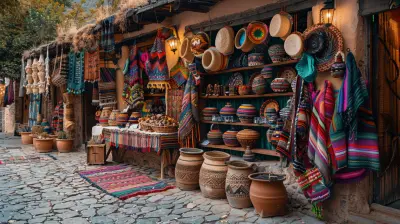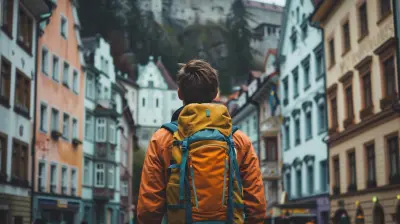Discover Local Legends and Folklore
9 June 2025
Let’s face it — every place has its secrets. Whether it’s the fog-covered hills of Scotland, the sleepy Appalachian towns, or the cobblestone streets of Prague, something mysterious always lingers around the corner. That something? Local legends and folklore. These stories, passed down through generations, aren’t just tales to spook you around a campfire — they’re windows into the soul of a culture.
Feeling curious yet? Well, buckle up. We're going on a journey across the globe — from lush forests to haunted castles — to pull back the curtain on the myths and stories that give each destination its unique charm.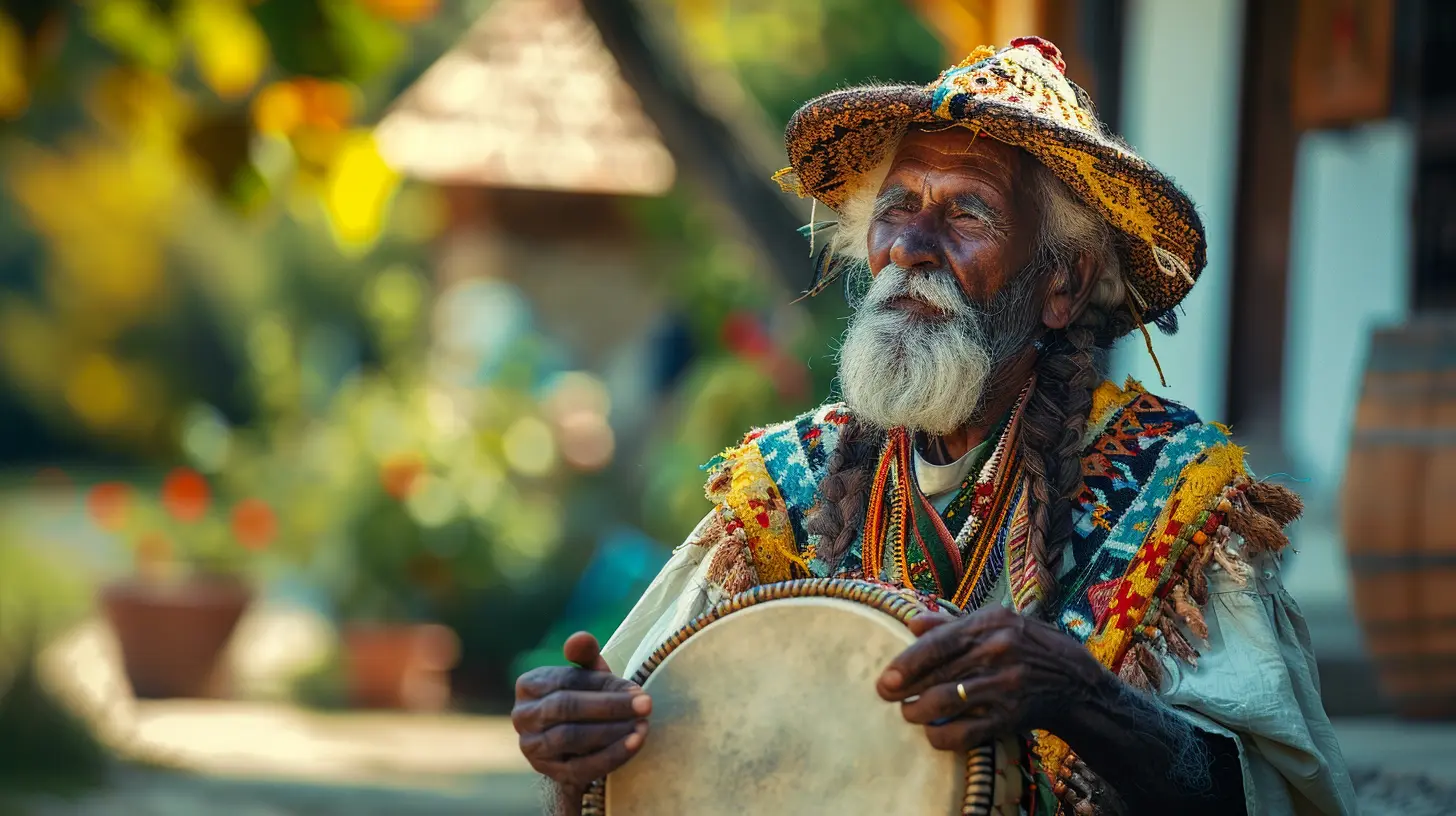
What Is Folklore Anyway?
If you’re scratching your head, don’t worry — you’re not alone. "Folklore" might sound like an academic term best left to dusty old books, but it’s actually all around you. Folklore includes myths, legends, superstitions, traditional beliefs, and even songs or dances passed down through the generations. Think of it like ancient storytelling mixed with cultural GPS. It tells us where a community came from and how they view the world.In a nutshell, it’s people telling each other, “This is who we are, this is what we fear, and these are the tales we tell ourselves when we want to feel brave — or scared.”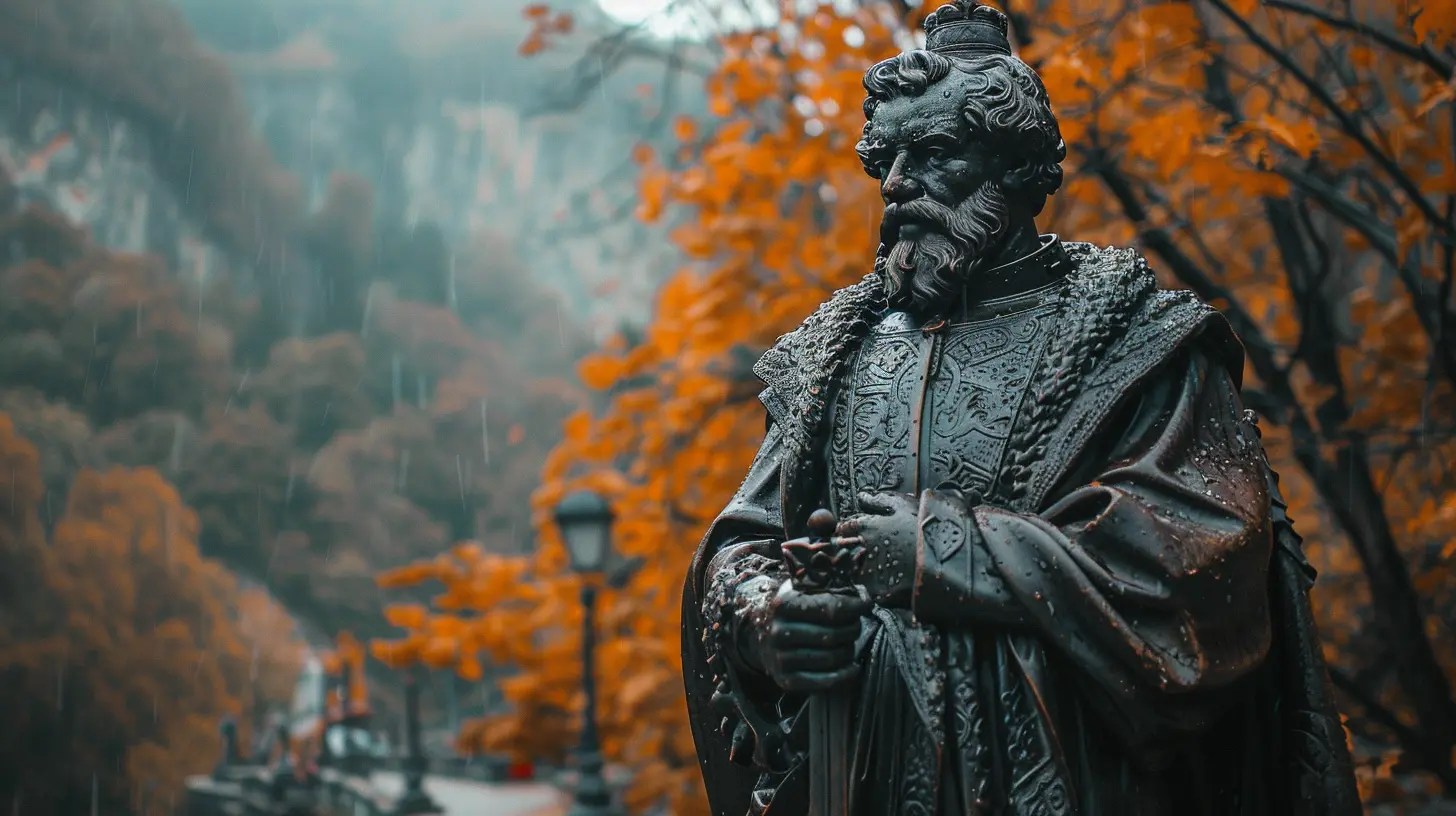
Why Do These Local Legends Even Matter?
Simple answer: because they’re awesome. But dig a little deeper and you’ll see that they hold cultural gold.- They keep traditions alive.
- They help us understand the fears, dreams, and beliefs of a people.
- And — let’s be honest — they make travel way more exciting.
Imagine visiting a castle and knowing the ghost story that’s haunted it for centuries. Doesn’t that suddenly make the cold draft down the hallway feel extra spooky?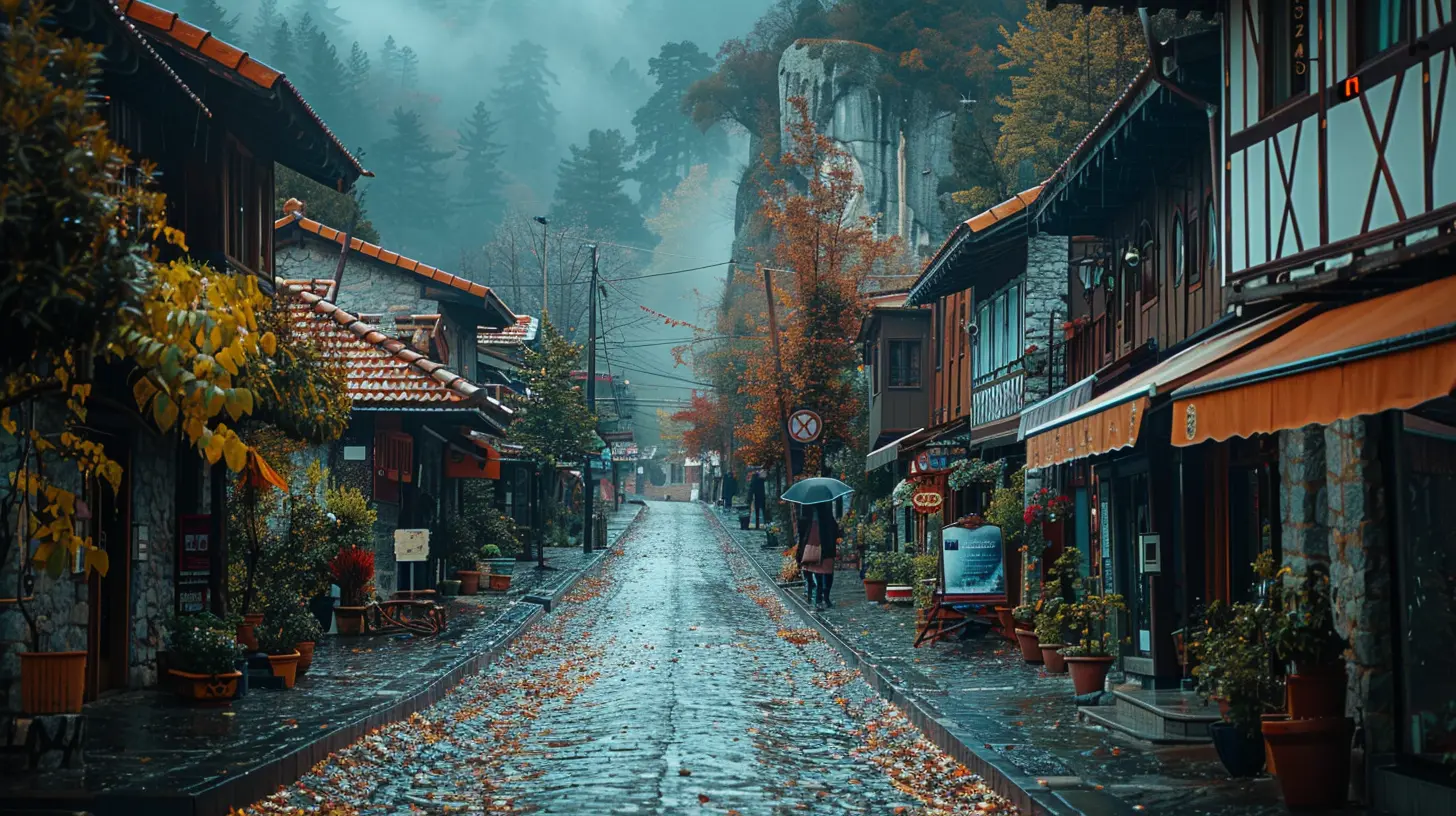
Local Legends That’ll Make You Believe Magic Never Left
Let’s dive into some of the most spine-chilling, heartwarming, or just plain bizarre tales from around the globe.1. The Loch Ness Monster – Scotland
You're probably already familiar with Nessie, the shy sea creature rumored to live in Scotland’s Loch Ness. Sightings date back to the 6th century (yep, she’s been around for a while), and to this day, people swear they've seen her gliding through the misty waters.But here’s the thing — Nessie isn’t just a monster. She’s an icon. For the Scots, she’s a bit of national pride, mystery, and economic boost all bundled into one legendary lake-dweller.
Are people still looking for her? Of course. And who wouldn’t want to scan the tranquil surface of the loch, hoping for a glimpse?
2. La Llorona – Mexico and Latin America
Now let’s shift gears — and languages. Ever heard someone crying by the river and felt a chill run down your spine? That could be La Llorona — “The Weeping Woman.”Legend has it, a woman drowned her children in a fit of sorrow or rage and now wanders riversides forever, crying and searching for them. Parents throughout Latin America invoke her name to keep kids in bed at night. Creepy, right? But it’s also a story packed with emotion, grief, and cultural meaning.
This tale shows how local folklore can serve as a cautionary narrative wrapped in goosebumps.
3. The Wendigo – North America
Picture this: a creature with an insatiable hunger, lurking deep in the snowy forests of the northern U.S. and Canada. That’s the Wendigo — a chilling figure from Algonquian folklore.It’s said to be a once-human being transformed by greed or cannibalism into a monster that eats human flesh. Yikes. If that doesn’t give you the creeps, nothing will.
But beyond the horror, the Wendigo speaks volumes about human behavior. It warns against selfishness and losing one's humanity. Kind of poetic, when you think about it.
4. Tanuki – Japan
Not all legends are about terror. Meet Japan’s tanuki — the shape-shifting raccoon dog with a love of sake and mischief. Tanuki are legendary pranksters, but they’re not malevolent. They just want to have a good time.You’ll find statues of them outside restaurants and shops all over Japan, often with big eyes, an even bigger belly, and a sly little grin. The tanuki is a perfect example of folklore that’s woven into the everyday — a lighthearted nod to the country’s playful spirit.
5. Baba Yaga – Eastern Europe
Let’s fly east to Russia and Eastern Europe, where Baba Yaga rules the forest. She’s an old witch who lives in a house on chicken legs (yes, really), and she’s not your typical villain. Sometimes she eats people, sometimes she helps them. Depends on her mood.Baba Yaga is complicated — kind of like that mysterious aunt you aren't sure whether to hug or avoid. Her tale has endured for centuries, showing up in everything from ancient folktales to modern video games.
6. The Bunyip – Australia
Down under, the marshes and billabongs have their own tale to tell. Aboriginal legends speak of the Bunyip, a fearsome creature that lurks in the swamps and devours any who stray too close.Descriptions vary — some say it has flippers, others claim claws and fangs — but its terrifying presence is agreed upon. The Bunyip reflects the mystery of the land itself, a place where the wild still holds sway.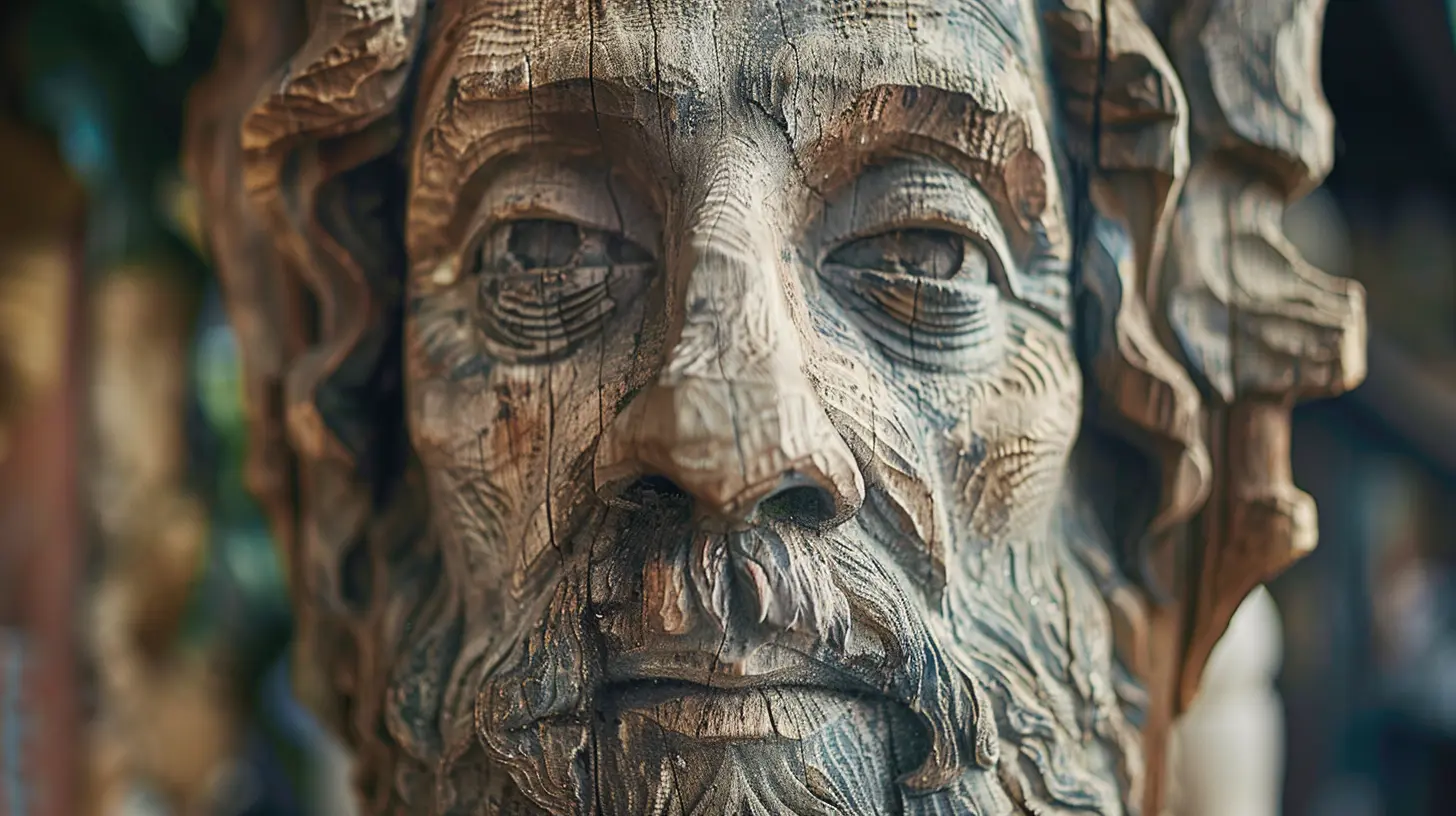
The Role of Folklore in Travel
Now here's the fun part — what do all these tales mean for you, the traveler?They’re not just bedtime stories. These legends are breadcrumbs that lead you to the heart of a place. When you seek out these stories, you’re doing more than sightseeing. You’re storytelling — picking up ancient whispers from cobblestones, forests, and foggy lakes.
Here’s how diving into local legends can totally transform your trip:
- You find off-the-beaten-path destinations (think spooky caves or "cursed" islands).
- You chat with locals — who love to tell ghost stories or family tales.
- You come home with stories better than, “I saw a church and took a selfie.” Instead, try, “I hiked to a haunted monastery where monks disappeared centuries ago.”
Way cooler, right?
How to Find These Stories Like a Local Legend Hunter
So how do you uncover these folkloric gems? It’s not like they’re listed on a TripAdvisor top 10 (though they should be).Try this:
- Talk to locals – Ask taxi drivers, innkeepers, bartenders. They know all the juicy stuff.
- Visit folklore museums – These are often tucked away but packed with quirky info.
- Book haunted or myth-based tours – From ghost walks to legend-laced hikes, they’re goldmines.
- Read local literature – Fables, poems, and old songs can give major insight.
Remember: the more curious you are, the more you’ll uncover. And once you start, it’s like falling down a rabbit hole — but instead of Wonderland, you’re in Legendland.
Why These Stories Stick With Us
We live in an age of GPS, Google, and instant info. But somehow, these ancient tales still give us goosebumps — or make us laugh, or pause and think.That’s because they tap into something primal. The need to explain the unexplainable. To add meaning to places. To connect with other people through shared tales, even if the tale involves a ghost bride or a talking raccoon.
Folklore reminds us that magic isn’t gone — it’s just hiding in the stories we haven’t heard yet.
Bringing the Legends Home
When you return from your journey, don’t just unpack souvenirs. Bring the legends home with you.- Share them with friends over dinner.
- Read up on different versions from other regions.
- Tell the stories to your kids, your nieces, or your nephews. Keep them alive.
Because in the end, folklore is just another way of saying, “Remember this place? Here’s how it made me feel.”
Final Thoughts: Let Curiosity Be Your Compass
The world is full of wild, weird, and wonderful stories just waiting to be unearthed. Whether you're a believer, a skeptic, or just a fan of a good tale, local legends add color and character to every place you visit.So on your next trip, don’t just look for the nearest photo op. Ask around. Listen closely. Follow the whispers.
Because you never know — you just might stumble into the story of a lifetime.
all images in this post were generated using AI tools
Category:
Local ExperiencesAuthor:

Ian Powell
Discussion
rate this article
2 comments
Genevieve Hudson
Unlock the hidden whispers of the past—each legend a key to a world where history dances with mystery. What secrets await you?
June 12, 2025 at 2:28 PM

Ian Powell
Thank you! Each legend truly offers a fascinating glimpse into our past, inviting us to explore the mysteries that shape our local culture.
Miranda Taylor
Unleash your inner Indiana Jones and dive into the enchanting rabbit hole of local legends! From mischievous sprites stealing socks to ghostly storytellers at twilight, these quirky tales make every corner a possible adventure. Grab your detective hat and prepare to collect stories as eccentric as a three-headed llama!
June 11, 2025 at 2:53 AM

Ian Powell
Thank you for this whimsical take! Embracing local legends truly turns every corner into an adventure waiting to be discovered!
